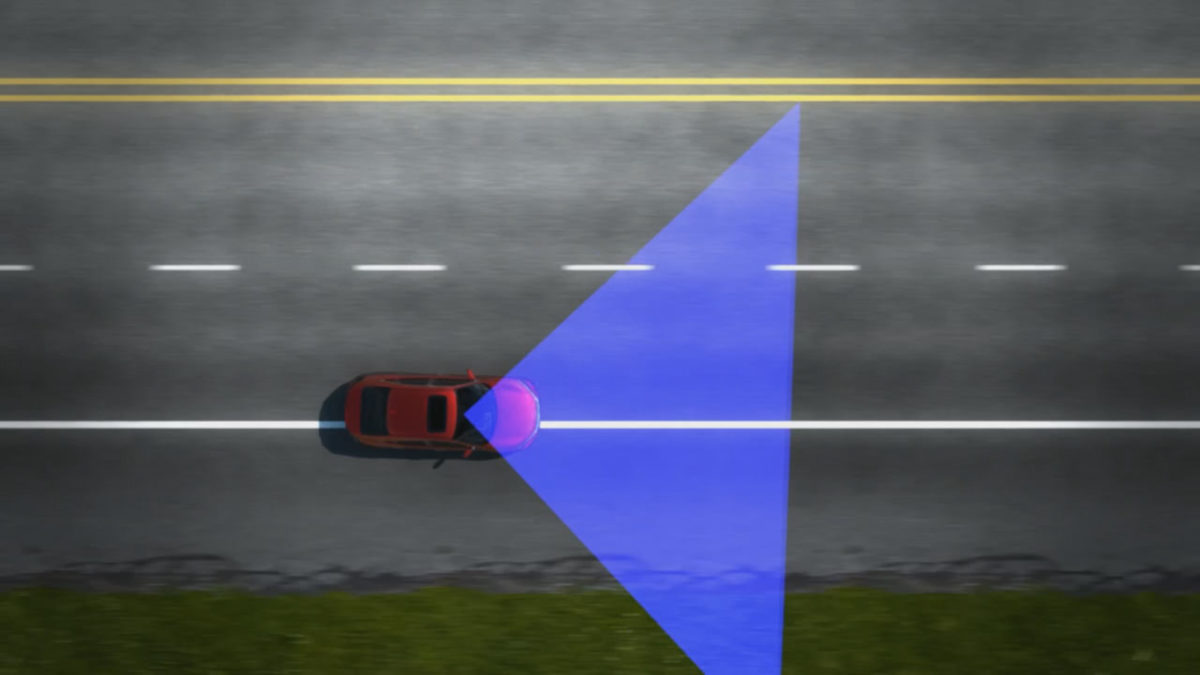Comparing vehicle safety technology across different brands


The month of September means a lot of parents and teenage motorists are once again taking to the streets in droves. Safety is of course a big concern, and to tackle the issue manufacturers have implemented advanced driver assist functionality, oftentimes at no extra cost such as Toyota with its Safety Sense suite. Keep reading for a guide on systems from a few different brands.

Toyota Safety Sense (TSS)
Originally introduced in 2015, Toyota was one of the first on the scene bundling a comprehensive number of technologies “designed to support driver awareness, decision-making and vehicle operation over a wide range of speeds under certain conditions.” They address three key areas of accident prevention: avoid or mitigate frontal collisions, keep automobiles in their lane and enhance nighttime commuting.
Recently rolling out the second generation of TSS on the 2020 Corolla, updates include automatic brake warning and assist that “sees” pedestrians not only during the daytime but twilight hours as well, and a smarter radar cruise control able to better gauge the location of forward vehicles and improve autonomous acceleration and deceleration.

Honda Sensing
Also debuting four years ago, one of the things really differentiating Honda’s tech is LaneWatch. Utilizing a camera mounted beneath the side mirror, activating the turn signal causes a live video feed of the passenger-side blind spot to appear on the infotainment screen — identifying hidden cars and cyclists.
Another useful feature is road departure mitigation, which analyzes lane markers and outside edges and knows if the driver drifts towards either side. The vehicle will actually take over and bring the steering back towards the centre. Honda Sensing is equipped on all 2019 Civics, Accords, Insight and more, and the company plans to make this standard fleet-wide by 2022.

Mazda i-Activesense
Piloting a car in the evening can be a daunting task, especially in a climate like Vancouver’s that is prone to wind and rain. Fortunately the Mazda i-Activesense driver assist suite encompasses a couple of lighting innovations to help with vision.
Taking into account speed and steering input, adaptive front lighting points the headlights in the direction of intended travel, into a turn for instance. High beam control, on the other hand, turns the high beams on and off autonomously so potential hazards are easier to spot.

Lexus Safety System+ (LSS+)
Building on top of the features found inside TSS, LSS+ offers some premium add-ons on select models. For example the latest flagship LS has CoDrive, which is actually a conglomeration of multiple safety systems.
The computer takes road sign information collected by the camera and displays speed limit and traffic rules on the instrument panel; lane departure alert works even when painted lines on the pavement are missing, giving visual, audible and tactile alarms before returning the sedan to the proper position; and front cross traffic alert detects cars and bicycles approaching from the sides as far as 50 metres away.
All the above offerings perform their intended tasks well, and it really comes down to individual model preferences and budget. Visit the OpenRoad New Car Showroom to learn more about packages and pricing.

